Publications we loved, and the big news stories from the last month in photobooks, including American Winter by Gerry Johansson, Void’s Hunger project, and JA Mortram’s Small Town Inertia
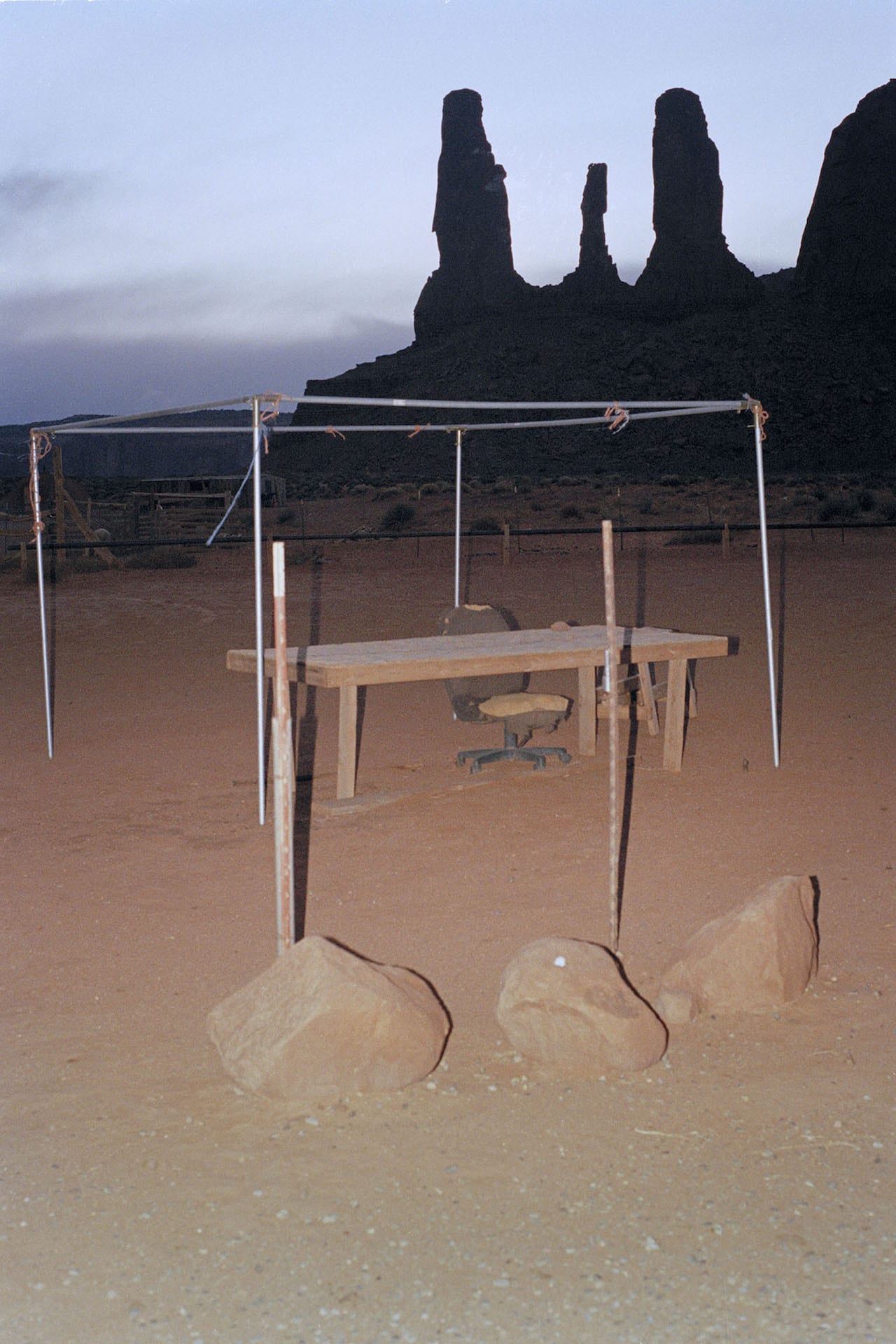

Publications we loved, and the big news stories from the last month in photobooks, including American Winter by Gerry Johansson, Void’s Hunger project, and JA Mortram’s Small Town Inertia
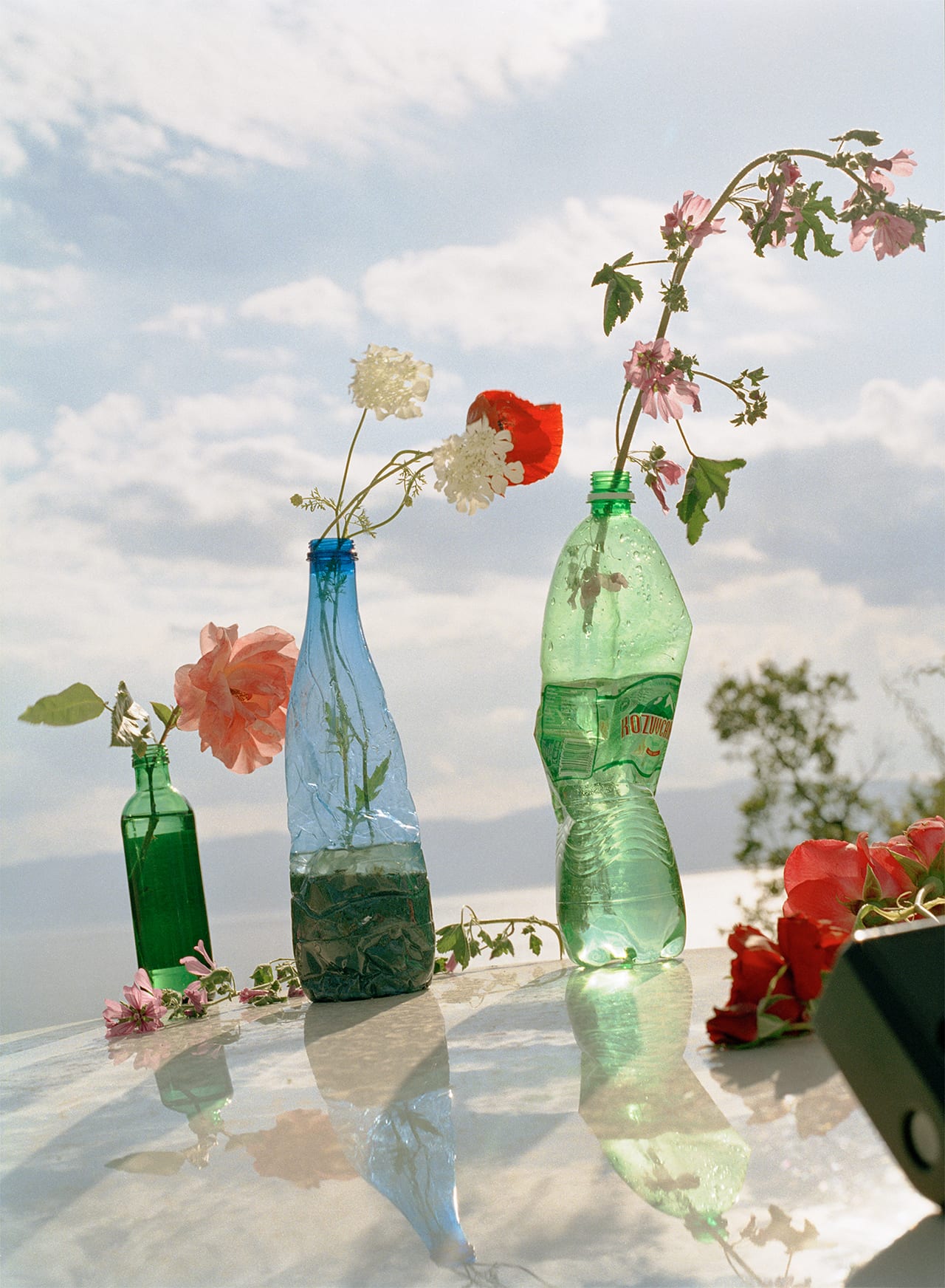
In 1989, a record number of 71,000 Soviet Jews were granted exodus from the USSR after a century of radical changes, fuelled by a wave of anti-semitism. Between 1988 and 2010 over 1.6 million Jews left the territory of the former Soviet Union, most of them settling in Israel but others heading for Germany, Canada, Australia, and the United States.
Irina Rozovsky was seven years old when her family fled from Russia to America in 1988. “It’s ironic in retrospect,” she says. “The USSR was a closed up place where Jews were discriminated against; in the end we were the ones that got to leave and seek out a better life. It was like winning the lottery.”
Rozovsky, now 37, lives in Georgia, US, with her husband and two-year-old daughter. “In my work I’m always circling back to the beginning of things, which for me is leaving one place and settling in another, adapting to a new life,” she says. “My photographs are not autobiographical, but I guess that history and the search for the familiar echoes in how I see. Not being able to see the place that you remember, I think that drives my photography.”
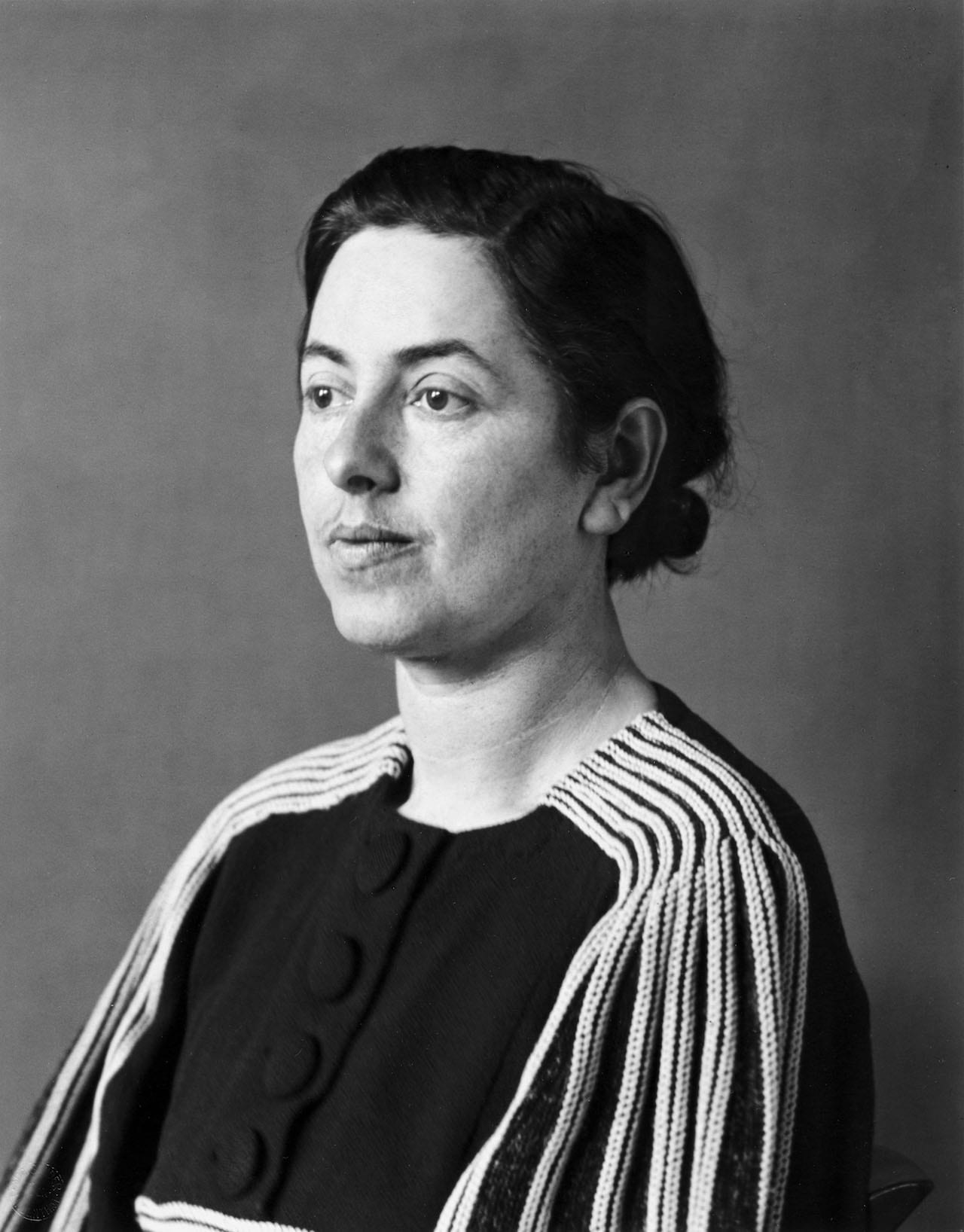
“Nothing seemed to me more appropriate than to project an image of our time with absolute fidelity to nature by means of photography… Let me speak the truth in all honesty about our age and the people of our age.” These are the words of August Sander, one of the most poignant figures in the history of photography, best-known for his ambitious, lifelong project, where he sought to create a comprehensive photographic work that faithfully represented the physiognomy of German society.
People of the 20th Century, as it was eventually named, is an attempt at a social portrait of the everyday German man and woman living in the 1900s – a period of time which, unbeknownst to the photographer at its inception, would give way to two world wars, the largest migration of people in human history, and ethical, economic and political hysteria.
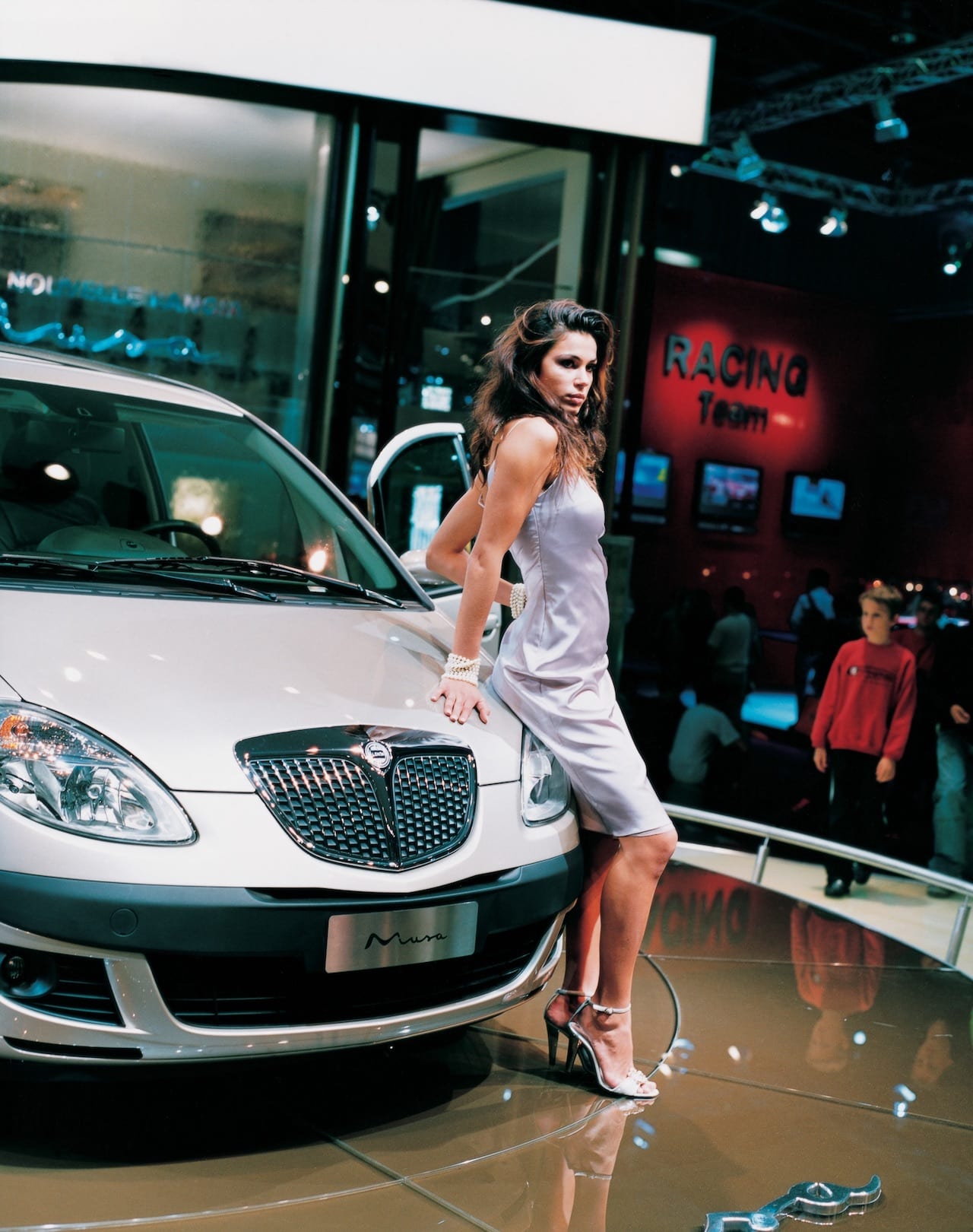
“I was trained as a sculptor, and this was the first time I had used the camera,” wrote Jacqueline Hassink in the Financial Times in 2011, of her breakthrough project The Table of Power. Between 1993 and 1995 Hassink contacted forty of the largest multinational corporations in Europe, asking to photograph their boardrooms. “I wanted to find a table that symbolised modern society’s most important value: economic power,” she writes. Nineteen refused, while the remaining 21, in Britain, the Netherlands, Germany, France, Switzerland and Italy, eventually agreed.
The book was published in 1996; it was the first time that photographs of these places had been made public, and in the spring of 2009, after the global recession, Hassink decided to revisit the boardrooms. With The Table of Power 2, she examined how boardroom design, revenue and employee numbers had changed over the intervening years.
Hassink, who has died aged just 52, was born in Enschede, the Netherlands, on 15 July 1966. She trained to be a sculptor at the Royal Academy of Art in The Hague, and then at the Trondheim Academy of Fine Art in Norway, but after graduating in 1992, presented herself mainly as a photographer, publishing nine books – including another celebrated title, Car Girls, in 2009. It was shot over five years at car shows across seven cities in three different continents, including New York, Paris, Geneva, Tokyo, Detroit, and Shanghai, focusing in on differing cultural standards on ideals of beauty on the women paid to pose with the cars.
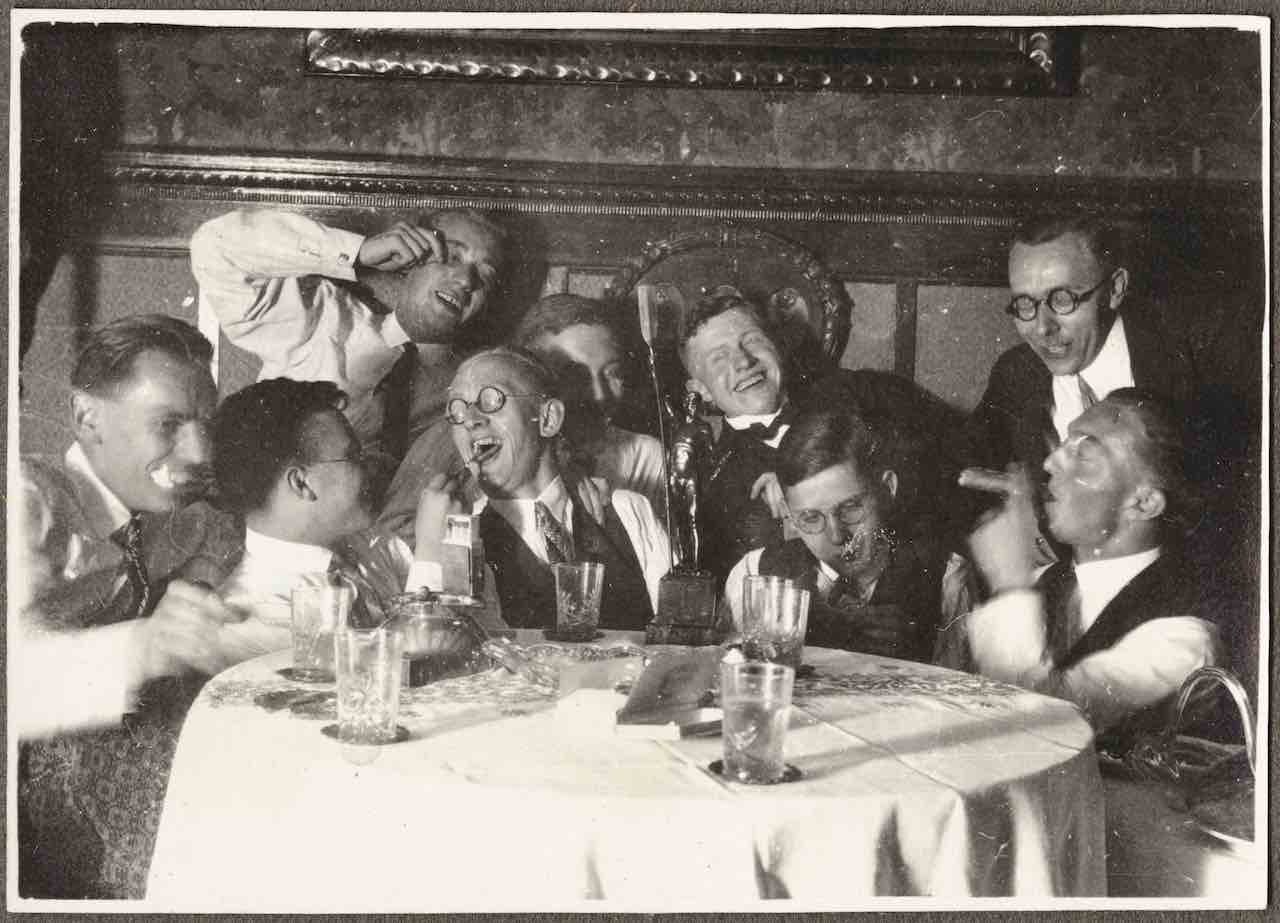
In 1919, a year after the end of World War One and the start of the Weimar Republic in Germany, $1 was worth 48 Marks. By early 1922, $1 bought 320 Marks; by late 1922, $1 bought 7,400 Marks. By 1923, $1 bought 4,210,500,000,000 Marks. “Lingering at shop windows was a luxury because shopping had to be done immediately,” said the artist George Grosz at the height of this hyperinflation.
“Even an additional minute could mean an increase in price. One had to buy quickly. A rabbit, for example, might cost two million marks more by the time it took you to walk into the store. The packages of money needed to buy the smallest item had long since become too heavy for trouser pockets. I used a knapsack.”
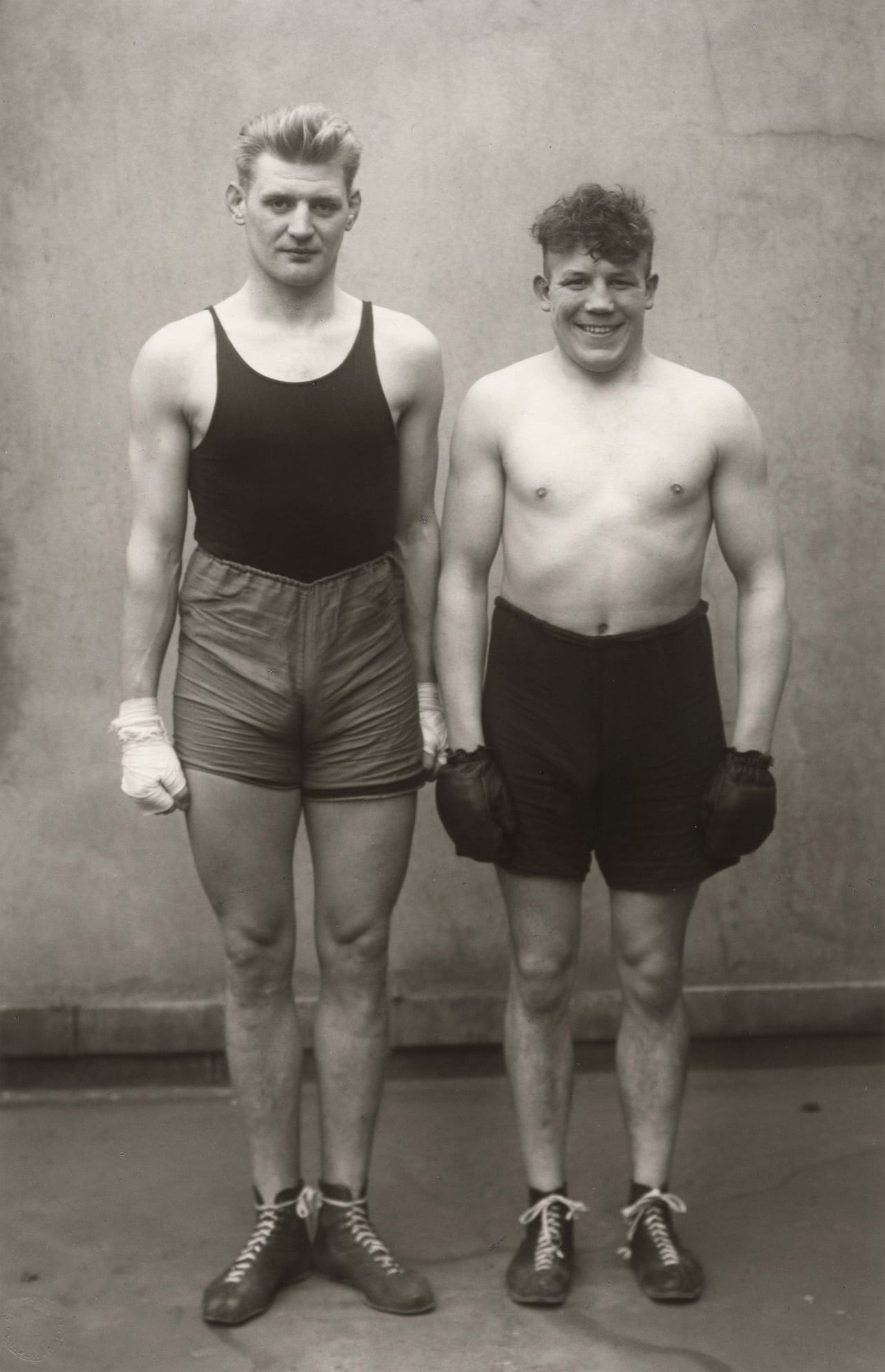
Born in 1876 in the German mining town of Herdorf, August Sander discovered photography while working at a local slagheap. Serendipitously meeting a landscape photographer working there for a mining company, he went on to assist the image-maker, and by 1909 had opened his own studio in Cologne. Around this time he also started taking portraits of his fellow-Germans, deliberately eschewing the then-prevalent pictorialist approach in favour of recording as much detail as possible. “Nothing seemed to me more appropriate than to project an image of our time with absolute fidelity to nature by means of photography,” he stated. “Let me speak the truth in all honesty about our age and the people of our age.”
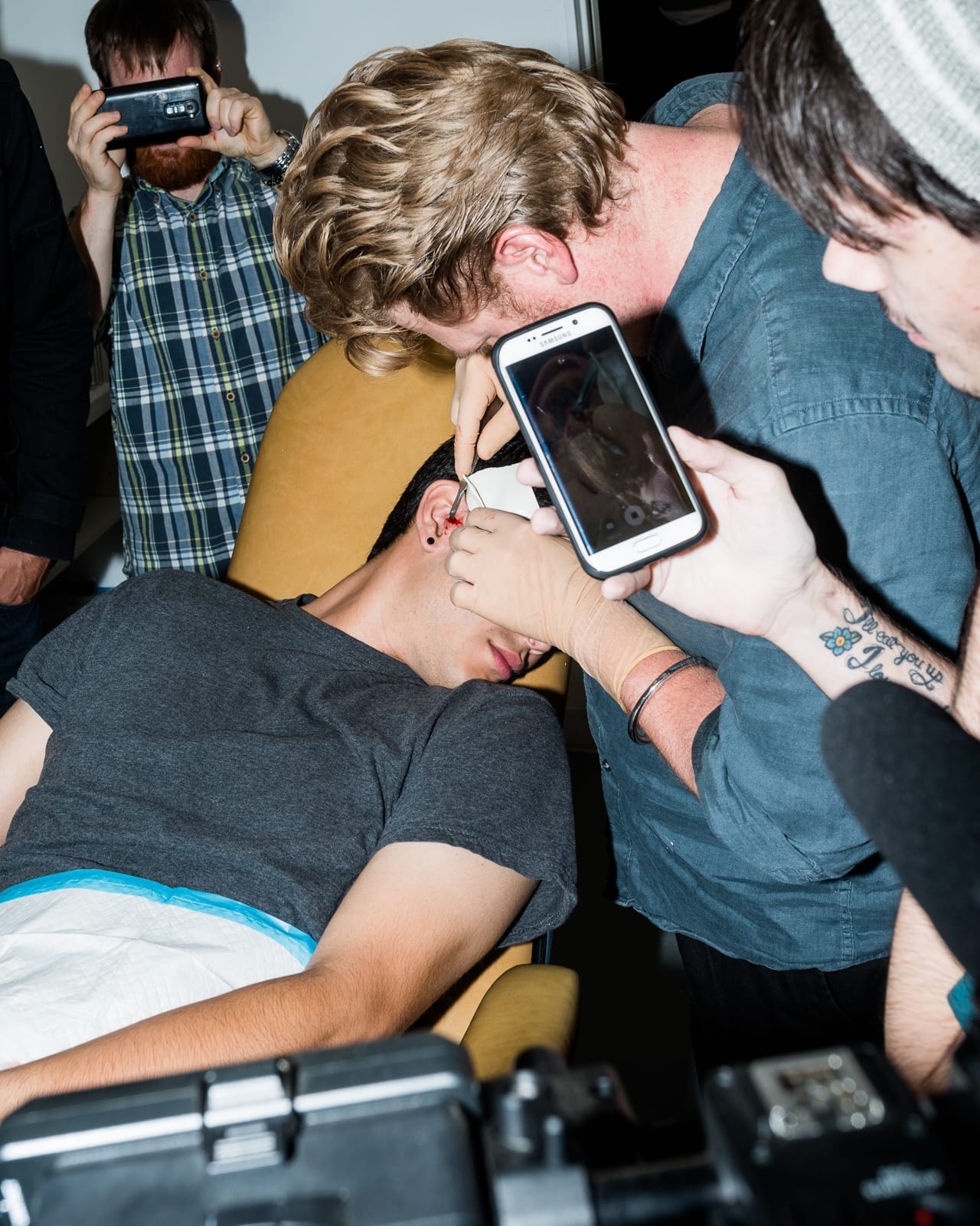
Grinders, which was nominated as a runner-up in this year’s British Journal of Photography Breakthrough Awards, focuses on a community of body hackers who undergo operations to add technology into their body. Like something out of a sci-fi novel, the group hope that slicing their bodies open will enable them to solve mankind’s problems through machine. The combination of man and machine is no longer futuristic fiction.
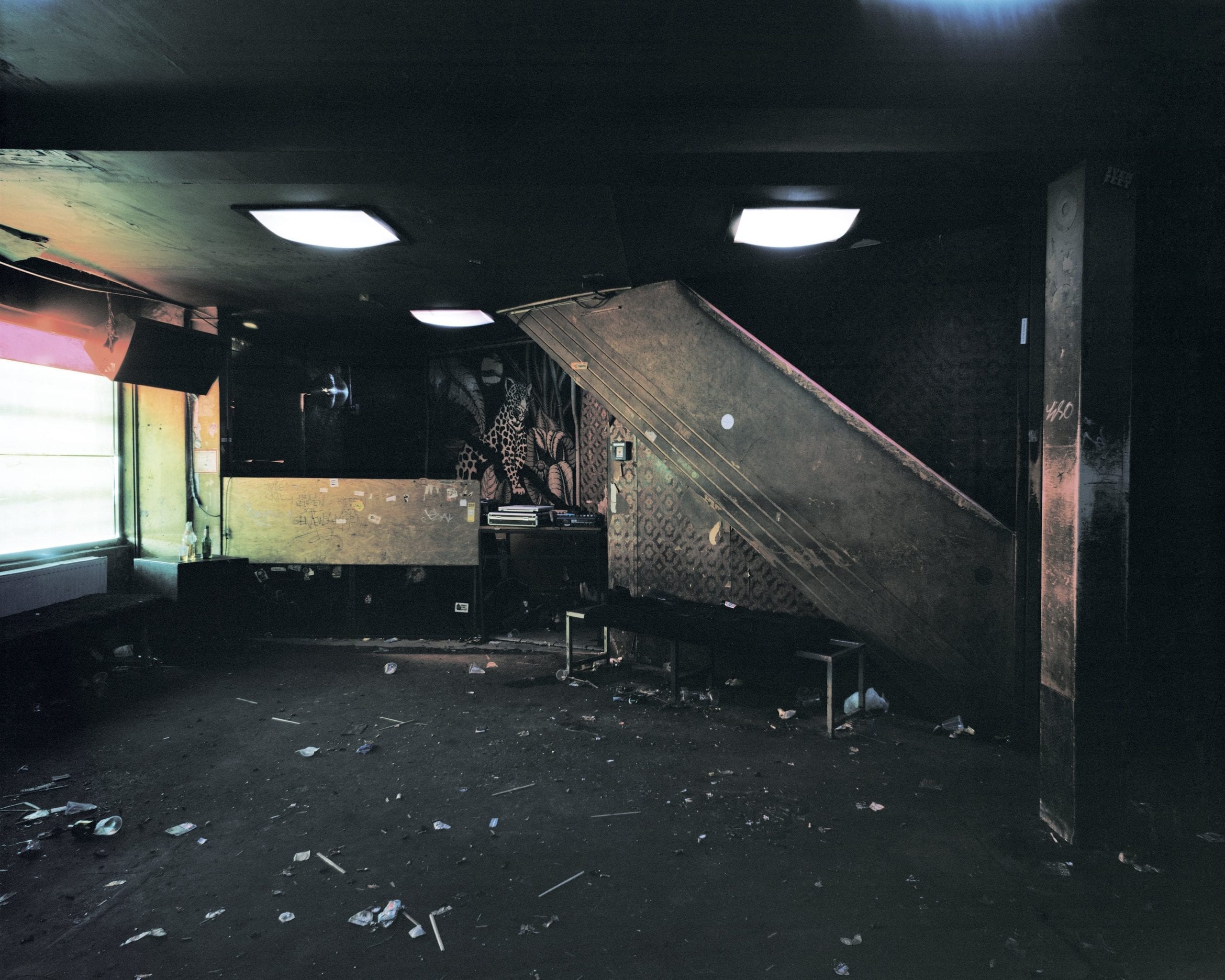
Long-time fans of electronica, André Giesemann and Daniel Schulz decided to combine their love of the…